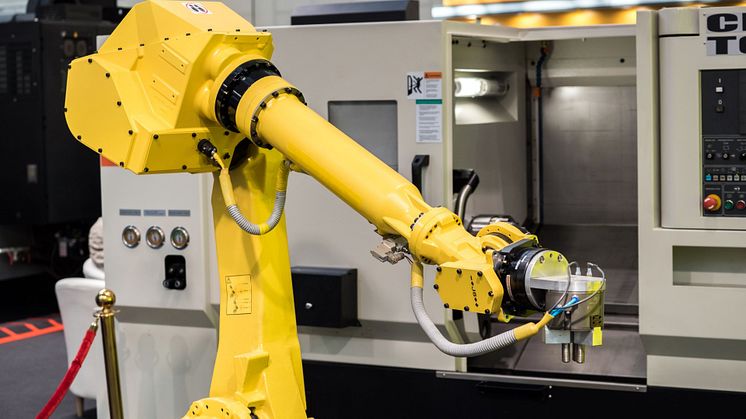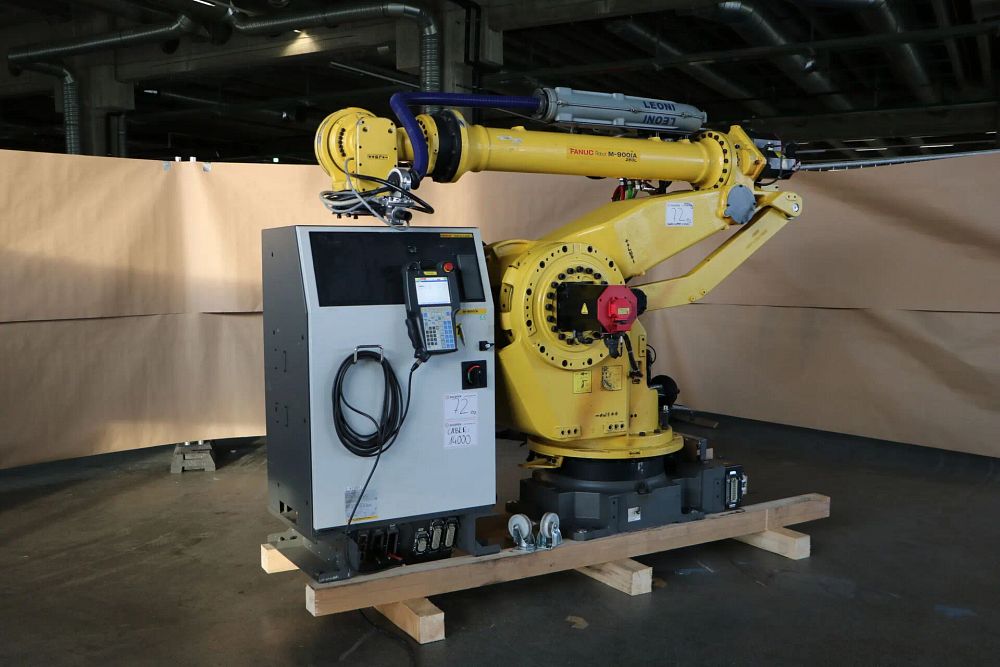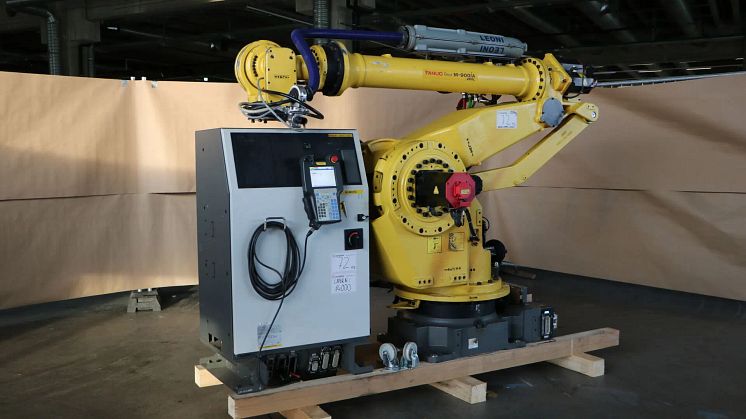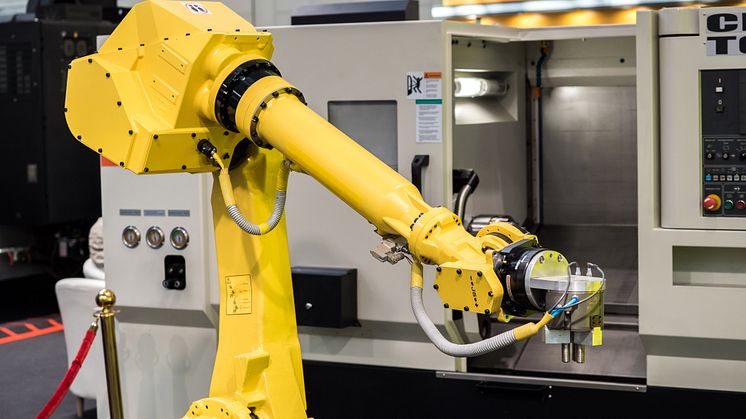
Press release -
Over to you, robots!
Will robots save production? Five current trends outline how the use of robots can advance digitalisation and prevent a shortage of skilled workers.
“The factory of the future will have only two employees, a man and a dog. The man will be there to feed the dog. The dog will be there to keep the man from touching the equipment.”
Warren G. Bennis, US economist (1925–2014)
Increased installation of industrial robots
Production has not progressed quite as far as Bennis predicted. But there were already 141 robots for every 10,000 workers in the global manufacturing industry by 2021. Figures released by IFR (International Federation of Robotics) for 2021 indicate that there are now 3.5 million robots in operation. China alone accounts for over one million of these units. And the country leads the world for the number of newly installed systems in 2021. Over a quarter million new robots were installed there last year. Japan (47,000), the USA (35,000) and South Korea (31,000) trail by a considerable margin. Europe has quite respectable numbers as well. Just under 85,000 new units were put into operation in 2021.
Perhaps Bennis was right after all. After all, the sector is showing a clear upwards trend. Demand for industrial robots is higher than ever before. Over half a million new industrial robots in 2021 – a new record. IFR anticipates another rise in the number of robots installed in 2022, namely by almost 570,000 new units.
Robotic Fields
Anyone thinking of robots within the industrial sector will probably first envision production lines in automotive engineering. And the automaking sector has indeed led the field within industrial robotics. But it was overtaken by the electrical and electronics industry in 2021. This shows that industrial robotics is now spreading across the entire industrial sector. The metalworking industry ranks third, followed by the chemical and food industries.
Robots are primarily used for the handling of components. Welding is the second most important application. It is followed by assembly processes. Robots are common in clean room work as well.
Trends in Industrial Robotics
Trend I: Digitalisation of production: Industry 4.0 is a term that describes fully digitised production from order receipt to shipment. The trend within manufacturing is clearly biased towards customised products. This is leading to a continuing drop in margin volumes. Production along these lines is only affordable if it is automated and digitalised. And automation doesn’t work without robots.
Trend II: Automation to counteract the lack of skilled workers The lack of skilled workers is a problem, both in the long and short terms. The COVID 19 pandemic demonstrated that an acute and sudden loss of labour can jeopardise supply chains and therefore entire production lines. Robots can protect these facilities and in doing so increase the resilience of logistics. Society is getting progressively older as well. A massive labour shortage appears to be looming due to low birth rates and the gradual retirement of the baby boomer generation. All major economies are facing a similar predicament.
Trend III: Low-cost robots: Demand for more affordable robot units – aka low-cost robots – is rising continuously. Compared to industrial robots – their big siblings – these units are less precise, only carry lighter loads and are not as durable. But they are easier to operate, can be installed by the companies themselves and are, above all, less expensive to buy. That makes them particularly interesting for SMEs. Almost half of all German companies with 50–500 employees have plans to integrate robots in their workflows.
Trend IV: Automation of older machinery. It does not make sense financially to invest in new automated equipment if the current machinery meets the desired standards in regard to technology and production quality. But current machines can often be retrofitted so that companies can nevertheless keep pace with automation. Doing so improves productivity, without compromising the quality. Robotics is a good way to ensure workpiece automation for large quantities and a small number of variants. Robots are highly flexible and can therefore be used in many different systems. Investments in robotics are less costly compared to other handling systems such as pallet handling units.
Trend V: Second-hand industrial robots: Increasingly full order books in the mechanical and systems engineering sectors show that many companies are keen to expand their machinery in order to increase their capacities. Investments nevertheless come with economic risks. Those who are unable to cope with the occasionally protracted delivery times for new machinery are turning their attention to the expanding market for second-hand machines. Surplex is one of the leading European auction houses for used machinery and operating equipment. It sells industrial robots in addition to automated systems for wood- and metalworking.

About Surplex
Surplex is one of Europe’s leading industrial auction houses and trades worldwide in used machines and factory equipment. The 16-language auction platform Surplex.com is visited around 50 million times every year. It sells more than 55,000 industrial products per year in over 500 online auctions. The company is based in Düsseldorf and has offices in 15 European countries. Over 200 employees from 20 different nations generate an annual turnover of more than 100 million euros.



